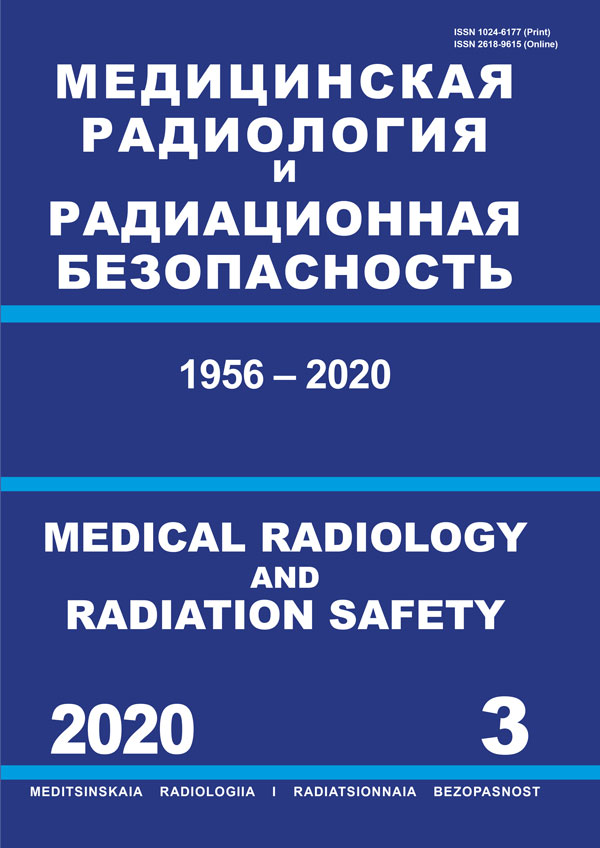CSCSTI 29.15
Purpose: Retrospective analysis of the process of defining the zones of radioactive contamination zones formed after the Chernobyl accident. Results: Summary of events related to liquidation of the Chernobyl NPP (ChNPP) accident consequences is given in the context of defining the radioactive contamination zones. Experience of zoning of the territories exposed to radioactive contamination due to the Chernobyl NPP accident during 1986–2015 in Belarus and the Russian Federation has revealed the following: - Zones of radioactive contamination as a result of the ChNPP accident have been finally defined by the regulatory-legal acts only by 1991 – in five years after the Chernobyl accident; - At present, the zones of radioactive contamination zones legally correspond to the borders of settlements that were given a certain status of the radioactively contaminated territory. This leads, in particular, to paradoxical "automatic" reduction of radioactive contamination zonesareas due to abolition of settlements with no inhabitants. Absence of the established borders of radioactive contamination zones creates difficulties in substantiation of the measures related to radiation monitoring, rehabilitation of radioactively contaminated areas and their return to economic circulation. Conclusions: Experience of eliminating mitigation of the Chernobyl NPP accident consequences shows that the absence of modern and scientifically justified procedures of defining the borders of radioactive contamination zones results not only in an inadequate assessment of the scales of consequences, but also does not allow effective differentiating the inventory and scale of necessary measures on population protection.
radiation accidents, radioactive contamination zone, radiation exposure dose, density of radioactive contamination, the Chernobyl accident, experience analysis
При принятии управленческих решений по организации и применению эффективных защитных мер в условиях масштабных аварий и катастроф принципиально важное значение имеет классификация (зонирование) территорий по уровням воздействия на окружающую среду и население неблагоприятных факторов, включая радиационное воздействие.
Особое значение это имеет в случае крупных радиационных аварий, приводящих к долговременному радиоактивному загрязнению объектов окружающей среды. По своему содержанию процедуры зонирования представляют собой ранжирование территорий по уровням и степени воздействия на окружающую среду и человека неблагоприятных факторов аварийной ситуации (внешнее и внутреннее облучение, радиоактивное загрязнение окружающей среды, изменение условий проживания человека, повышение издержек при производстве продукции, связанных как с радиационным контролем, так и с использованием специальных технологий и т. п.).





